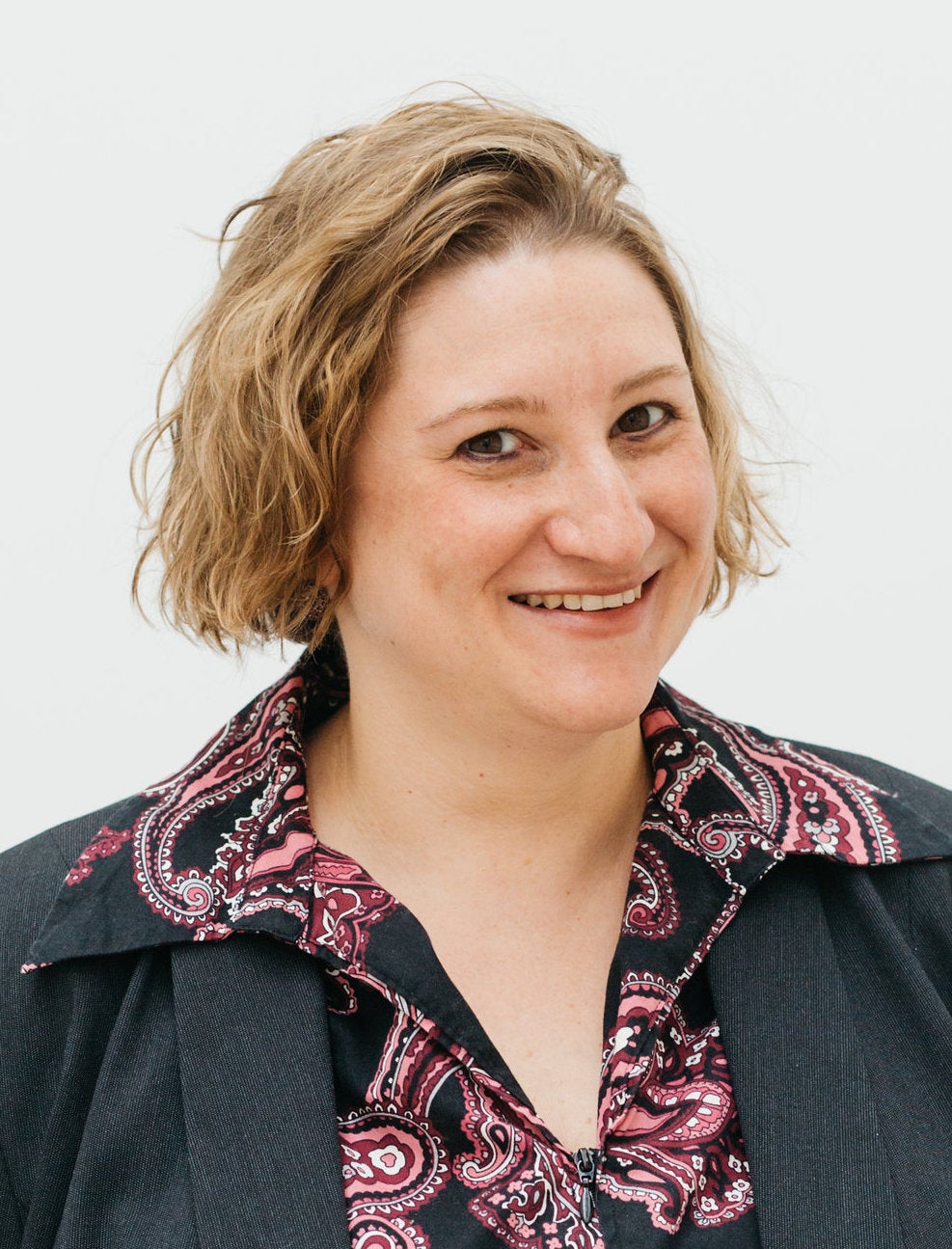
An Art Form as Old as Dirt
Ceramics is often described as the most democratic of art mediums. From kindergartners fashioning rudimentary Play-Doh figures to trained artists shaping exquisite pottery and sculptures, nearly everyone has some clay-making experience.
At the same time, however, ceramics has never quite gotten its due as an art form. “It’s a non-elite craft medium,” said Jenni Sorkin, an assistant professor in UC Santa Barbara’s Department of History of Art and Architecture. “Here at UCSB, for example pottery is taught through the recreation department, not through the Department of Art, which means it’s aimed at the hobbyist or the amateur.”
Ceramics is more than simply formed clay, Sorkin argued, citing it as one of the earliest forms of human artistic production. Ceramic vessels, pottery fragments and other important pieces continue to be found at archaeological sites.
This hierarchy, and the fact that ceramics has been relatively overlooked within the history of modern American art, is of particular interest to Sorkin. Recently, she received a prestigious fellowship from the American Council of Learned Societies (ACLS), which will support her current research project, “Live Form: Women Ceramics and Community, 1945-1975.”
“The post-World War II period is a rich time in American history that coincides with a great deal of social change for women, much of it positive,” Sorkin explained. “During this time, ceramics had an emphasis on self-sufficient rural living and offered women unprecedented social freedoms.” As examples, she noted women’s ability to create pottery and sell it out of small shops or barter their skill sets or teach pottery in community workshops, occupational therapy settings or, occasionally, at the university level, “though most of the academic jobs went to men,” Sorkin said.
After the war, as soldiers returned to the classroom through the GI Bill, women found their opportunities for teaching art and working as painters and sculptors increasingly limited. However, ceramics as an art form proved to be a viable alternative, one in which they could innovate, teach and create lasting pedagogical structures.
“The 1950s was a period when a woman could not even get a bank loan or have a bank account without her husband’s signature,” Sorkin said. “That meant women were economically constrained — particularly women who were divorced, single or lesbian. Further, the GI Bill allowed male war veterans to return to school to obtain a Master of Fine Arts degree on the government’s dime. Post-war women, even those who had served the war effort, were not afforded the same privileges.”
Sorkin’s project explores ceramics as a medium in which female artists pioneered a hands-on teaching style, summer workshops and therapeutic practices for returning war veterans. She also examines the engendered legacy of craft pedagogy, as it turned outward from an object-only orientation toward an embrace of community engagement personal enrichment and social participation.
“With it’s repetition and body-mind connection, teaching veterans how to throw pottery on a wheel was often considered a way to quiet the mind from battle shock — what today we might call post-traumatic stress disorder,” she said. “In our digital era, it is often a way to reconnect with our sense of touch.”
Sorkin is one of 65 ACLS Fellowship recipients selected from a pool of more than 1,000 applicants. “The ACLS Fellowship is a great honor,” Sorkin said. “It means a great deal to me that senior colleagues in my field are invested in my project and in the study of craft, which has been very marginalized in modern and contemporary art history.”
Founded in 1919 to represent the United States in the International Union of Academies, the ACLS is a private nonprofit federation of 72 national scholarly organizations representing preeminent American scholarship in the humanities and related social sciences.
A specialist in contemporary art, Sorkin is particularly interested in gender and artistic labor, feminist historiographies and theory, and art criticism. Her articles have appeared in various scholarly journals and publications, including New Art Examiner; Art Journal; Art Monthly; NU: The Nordic Art Review; Frieze; The Journal of Modern Craft; Modern Painters; and Third Text.



